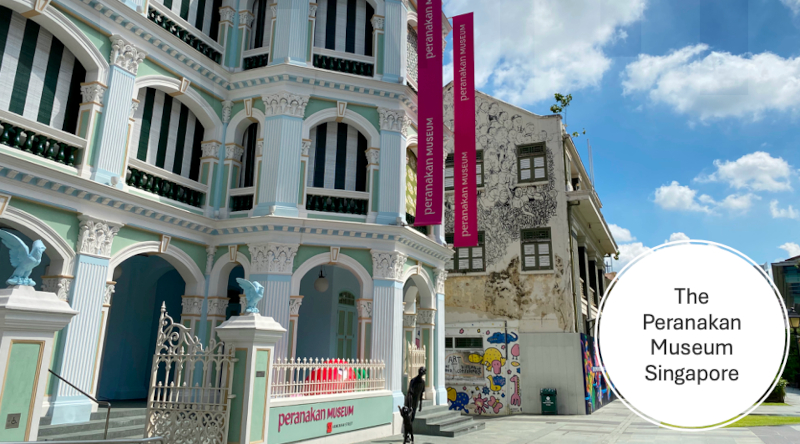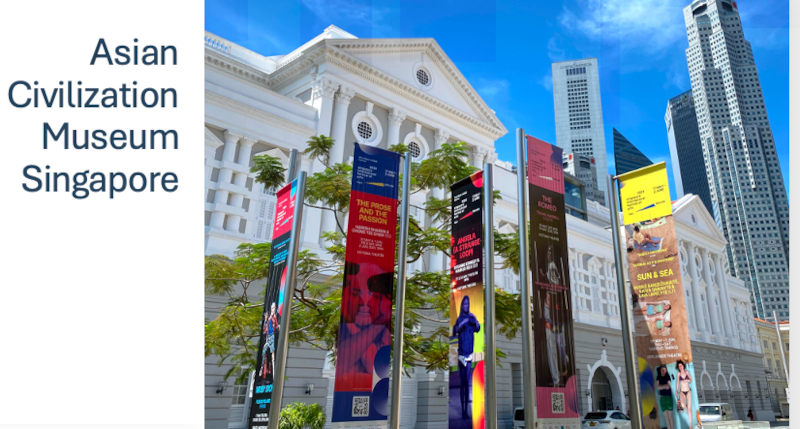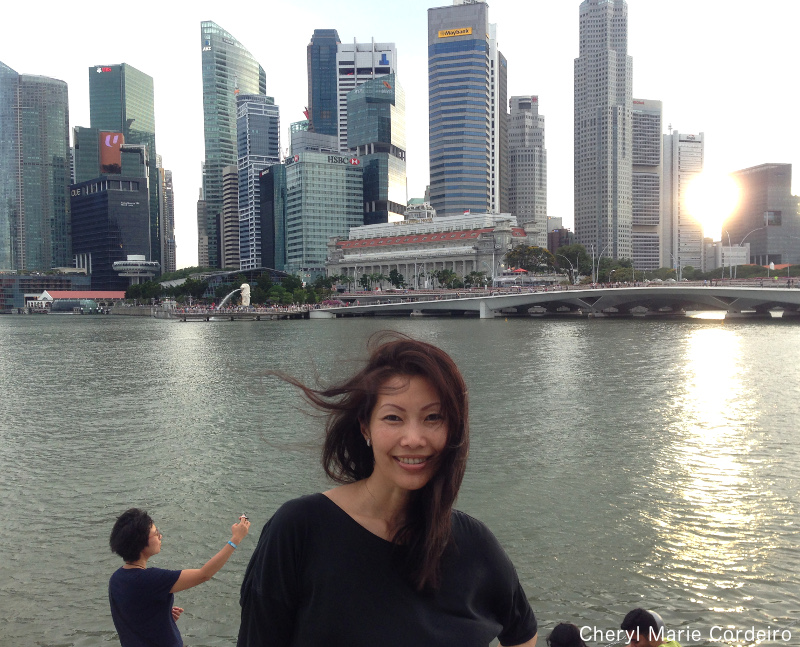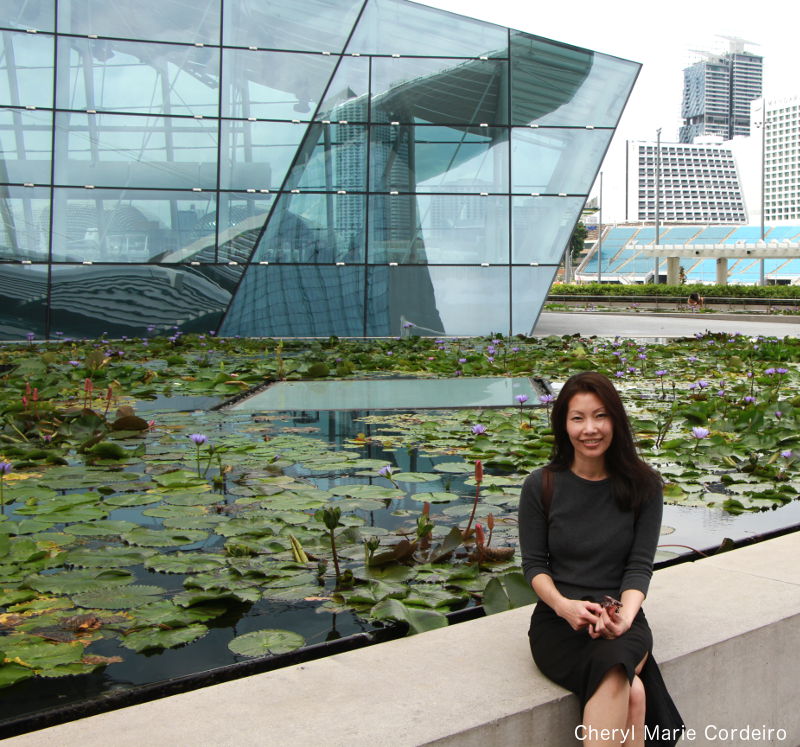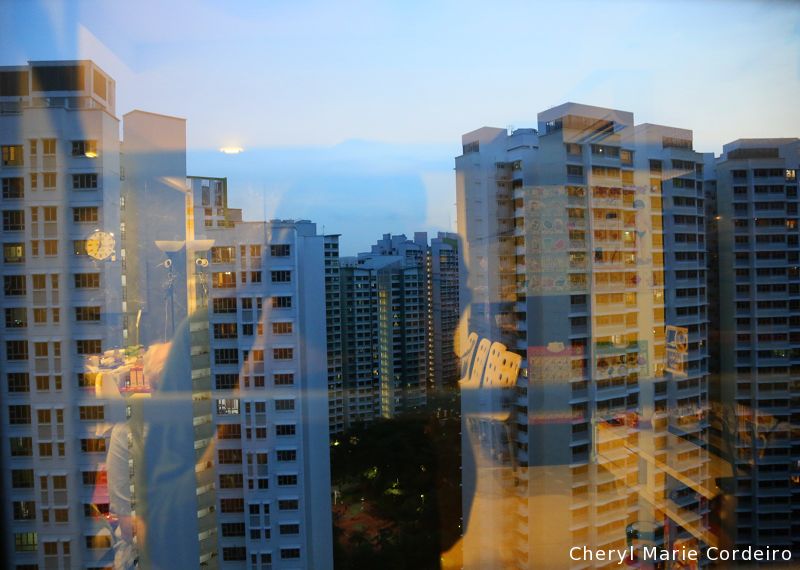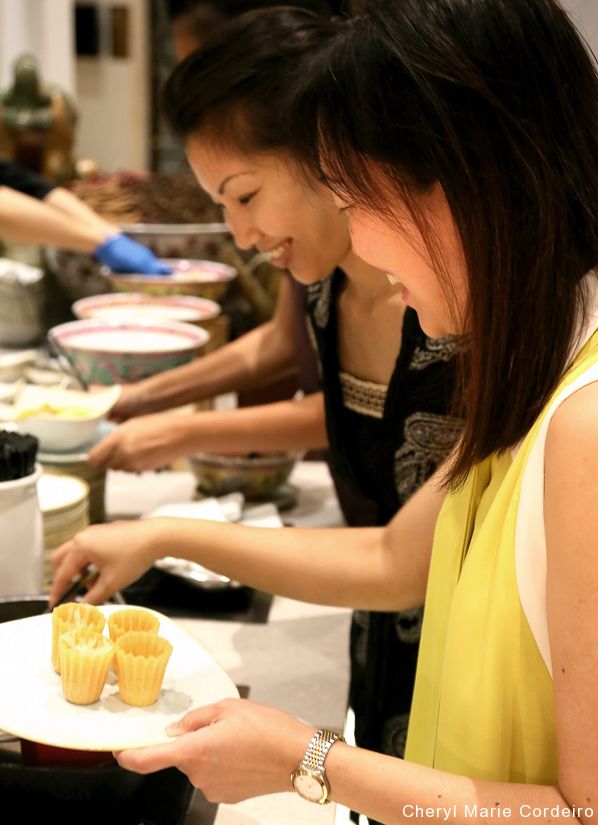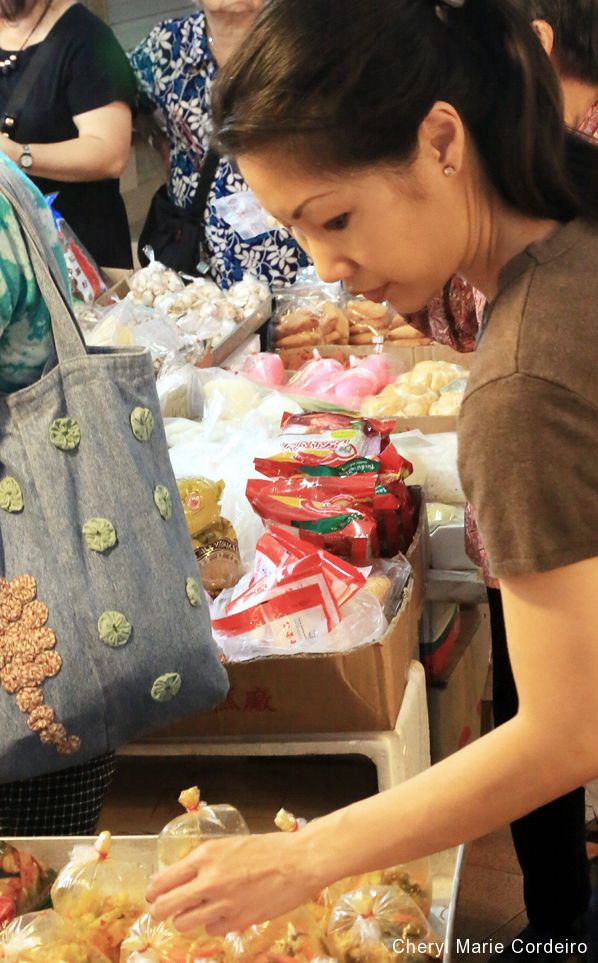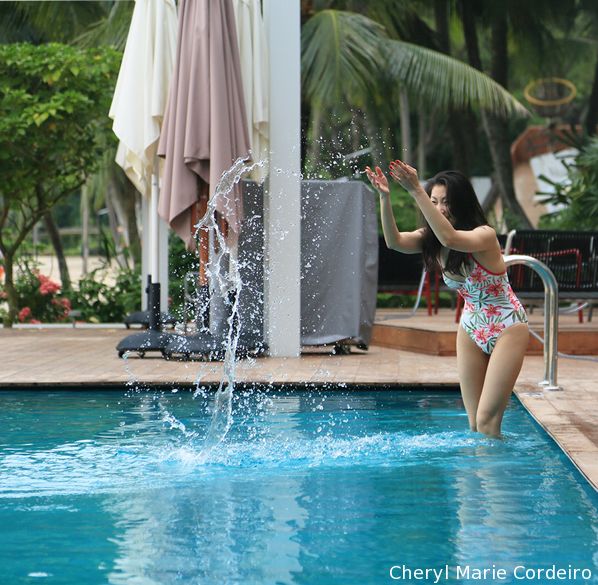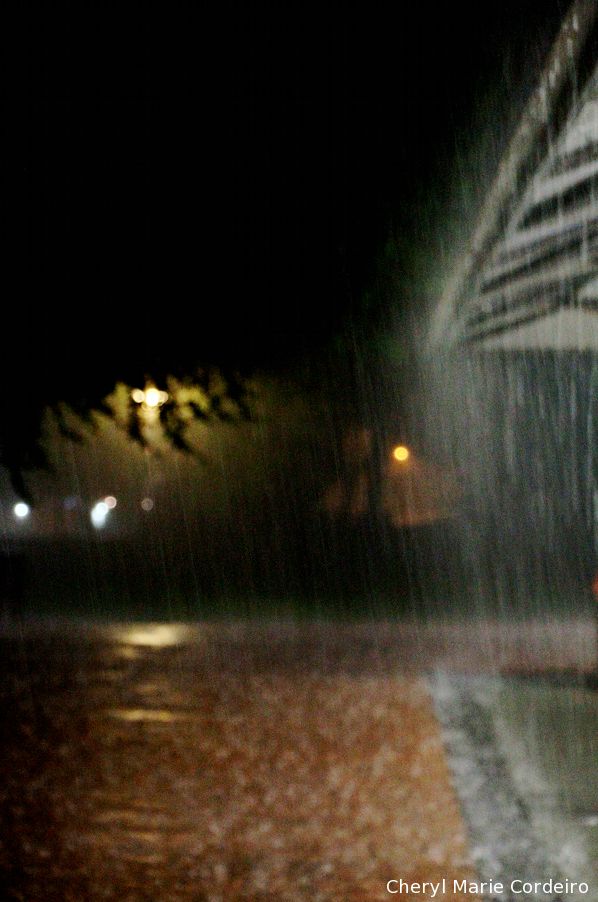
Marina Bay Sands, Singapore.
Text & Photo © CM Cordeiro 2025
Marina Bay Sands (MBS) in Singapore is not just an architectural marvel; it is a symbol of innovation, luxury, and sustainability. Within its sprawling complex lies Rise Restaurant, an open-concept buffet that offers a global gastronomic journey. Located at Tower 1, RISE combines international flavors, impeccable service, and a strong commitment to sustainability.
The Marina Bay Sands Experience
The hotel is a global icon of luxury and sustainability, seamlessly blending opulence with innovative environmental practices. Renowned for its Infinity Pool atop the Sands SkyPark, luxurious accommodations, and world-class entertainment, MBS is also at the forefront of sustainable hospitality through its Sands ECO360 program [Factsheet]. This initiative integrates green measures across its operations, reinforcing the resort’s commitment to ecological responsibility.
